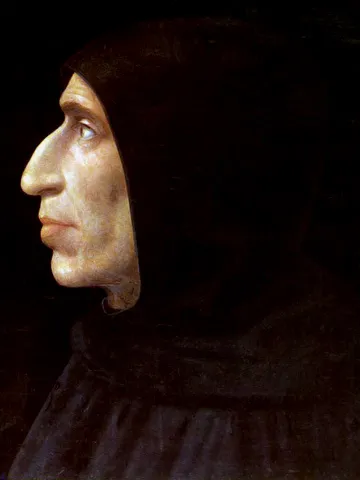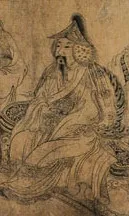
Name: Ismail I
Born: 1487
Died: 1524
Title: First Emperor of the Safavid Empire
Dynasty: Safavid Dynasty
Reign: Founded the Safavid Empire and ruled from 1501 to 1524
Significance: Established Twelver Shi'ism as the state religion of Iran
Legacy: Considered a key figure in the formation of modern Iran
Ismail I: The Dawn of the Safavid Empire
In the heart of Persia, a transformative figure emerged a boy who would one day carve out a legacy as the First Emperor of the Safavid Empire. Born in 1487, Ismail I was not merely a child of noble lineage; he was steeped in a world where mysticism and political machinations intertwined. Raised amidst the turbulent backdrop of Persian history, his early years were marked by both promise and peril.
However, life was never simple for young Ismail. Following the assassination of his father, he found himself fleeing with his mother to safety in mountainous regions. The shadows of uncertainty loomed large over him as he grew up surrounded by whispers of treachery and dreams yet unfulfilled. In many ways, this environment shaped him into a determined leader someone who would rise from these depths with an iron will.
By 1501, at just fourteen years old, Ismail began to rally followers around him a move that sent ripples through Persia's fractured political landscape. Armed with charisma and conviction rather than mere military strength alone, he captivated those disillusioned by ongoing struggles among rival factions. Ironically, what started as an effort to reclaim his father's honor quickly morphed into an empire-building quest fueled by fervent loyalty.
The turning point came when he successfully captured Tabriz the jewel city that served as both cultural center and strategic stronghold by cleverly exploiting local rivalries. Historians recount that this victory laid the cornerstone for what would become known as the Safavid Empire; it marked not just territorial expansion but also religious consolidation under Shia Islam an identity which set them apart from Sunni neighbors.
As years passed since taking Tabriz in 1501, Ismail didn’t rest on his laurels; instead, every triumph only intensified his ambitions! He founded a dynasty that would rule for over two centuries! Yet underneath this veneer of success lay challenges aplenty: revolts simmered within occupied territories while foreign threats emerged like ominous clouds on their horizon.
The Foundation: Cultural Synthesis
Perhaps one could argue that Ismail’s true genius lay in blending various cultural influences into something distinctly Persian and uniquely Safavid. For instance, during celebrations at court or religious festivals held across towns under their domain...the infusion of Persian art forms with Turkish elements created an aesthetic marvel! This synthesis brought forth exquisite carpets adorned with intricate floral patterns alongside mesmerizing poetry celebrating love and devotion the essence captured beautifully through skilled hands!
The Pursuit of Religious Unity
Despite rising opposition due largely because many Sunni Muslims viewed Shia Islam's ascendancy unfavorably...he remained undeterred! Enacting policies meant to promote loyalty towards Shiism amongst diverse ethnic groups proved controversial yet effective in solidifying authority throughout Persia thus galvanizing national identity rooted deeply within shared faith!
A Ruler's Burden
Inevitably though the weight upon this young emperor began manifesting itself emotionally over time...Ismail suffered immensely from personal losses too early in life: several children died young; battles claimed loyal friends leaving scars impossible to erase! Perhaps these tragedies propelled him further into mysticism where spirituality intertwined seamlessly with rulership a blend evident during grand ceremonies held at sacred sites across Iran marking significant events within empire’s growth narrative.



